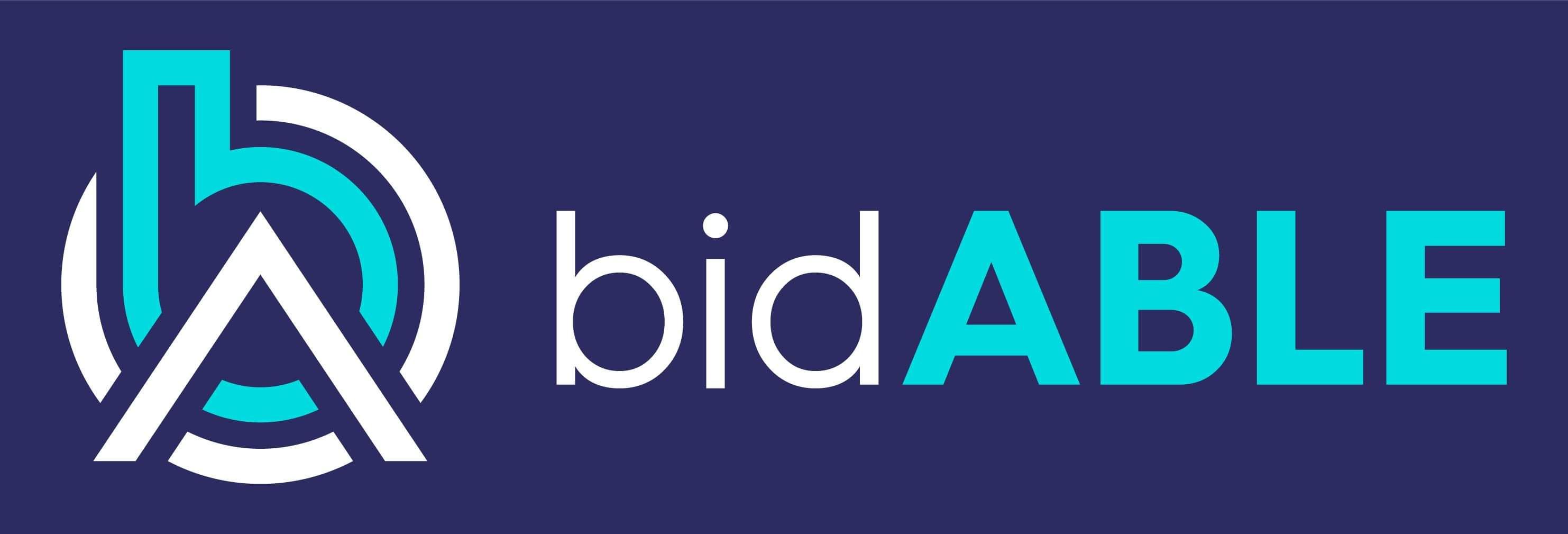In the fast-paced world of business procurement and contract bidding, the pressure to deliver comprehensive and competitive responses can be overwhelming.
Companies often resort to the quick solution of copying and pasting content from previous bids or generic templates into their current responses. While this might save time in the short term, it can lead to significant pitfalls that can jeopardise the success of your bid. In this blog, we’ll explore why you should avoid the temptation to copy and paste and offer some strategies for crafting original, compelling content instead.
1. Missed Opportunities for Personalisation
One of the most compelling reasons to create original bid content is the opportunity for personalisation. Every project and client has unique needs, goals, and challenges. Copying and pasting material fails to acknowledge these specific requirements. By tailoring your response to the individual project, you demonstrate that you understand the client’s needs and are genuinely interested in delivering a solution that caters to those requirements. This level of customisation can set you apart from generic pitches and position your business as a thoughtful, client-focused partner.
2. Risk of Outdated Information
When you rely on previously used content, there’s a significant risk that the information you’re presenting may be outdated or no longer relevant. Industries evolve rapidly, and changes in regulations, technology, and market conditions can all impact the viability of content from older bids. By investing the time to research and write anew, you ensure that your proposal reflects the current landscape and showcases your company as up-to-date and knowledgeable.
3. Inconsistency in Messaging
Consistency is key in establishing a strong brand identity, but copying and pasting can lead to inconsistencies in your messaging. Different proposals may use varied tones, styles, and terminologies that don't align with your brand voice. When crafting original content, you can maintain a coherent and consistent brand message that resonates with all potential clients. This consistency helps to reinforce your brand’s identity and professionalism.
4. Plagiarism Concerns
In the increasingly interconnected world of business, the risk of unintentional plagiarism is a legitimate concern. When you copy and paste content from other sources without proper attribution, you may inadvertently violate copyright laws or terms of service. This can lead not only to disqualification from a bid process but can also tarnish your company’s reputation. By focusing on original content creation, you reduce the risk of legal issues and showcase your integrity and professionalism.
5. Demonstrating Your Expertise
A well-crafted bid response is an excellent opportunity to demonstrate your expertise, insights, and innovative solutions. When you write original responses, you can showcase your company’s unique methodologies, success stories, and value propositions. This reflection of expertise is often what clients are looking for when evaluating bids. By communicating your distinctive capabilities clearly and persuasively, you can increase your chances of capturing their attention and winning the contract.
Strategies for Crafting Original Bid Responses
Invest Time in Research: Understand the client’s industry, challenges, and competition. Researching tailored solutions sets a solid foundation for your response.
Engage Stakeholders: Involve team members from various departments (technical, sales, finance) in the development of your response. Their insights can add depth and relevance.
Use Templates Wisely: If you must use templates, customise them thoroughly to align with the specific project and client. Ensure that the content reflects your organisation’s strengths and style.
Focus on the Value Proposition: Clearly articulate what differentiates you from competitors. Use original case studies and success stories that directly relate to the client’s needs.
Solicit Feedback: Before finalising your response, gather feedback from colleagues. Fresh perspectives often reveal areas for improvement and can enhance the overall quality of the proposal.
Our Conclusion
While the pressure to save time during the bid response process is real, the risks associated with copying and pasting content far outweigh any perceived benefits. By committing to originality and personalisation in your proposals, you can better meet client needs, highlight your strengths, and build a reputation for quality and integrity. The investment of time and effort will not only increase your chances of winning the bid but also elevate your brand’s standing in a competitive marketplace. So, the next time you sit down to prepare a bid response, remember the value of your unique insights and let them shine through your work.

